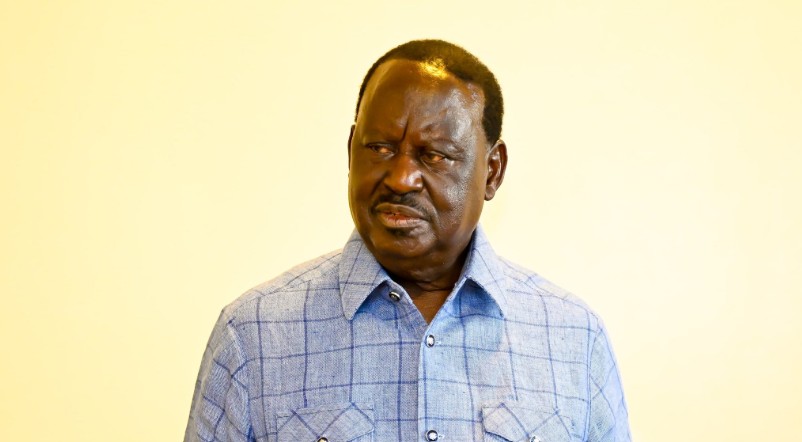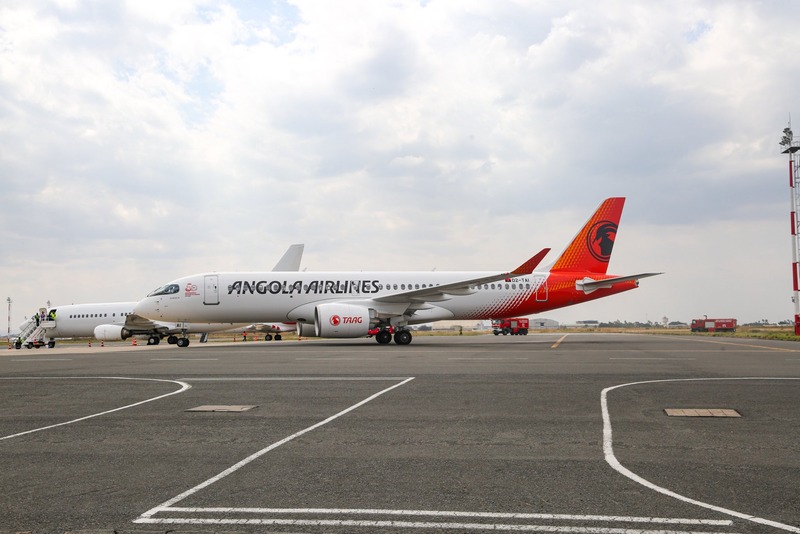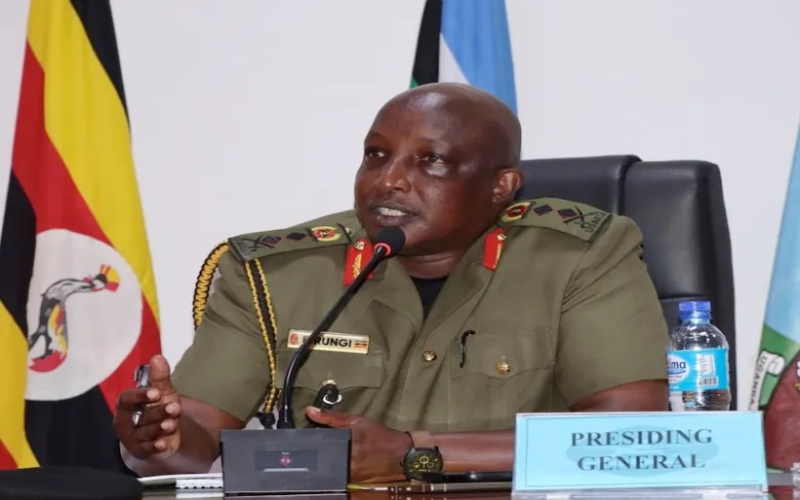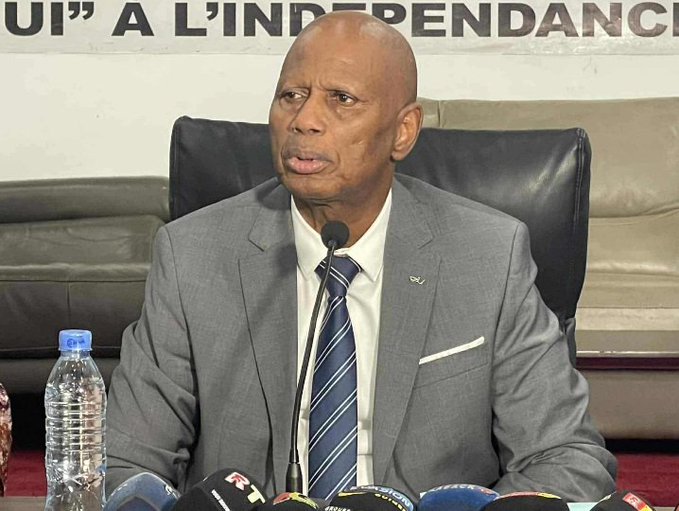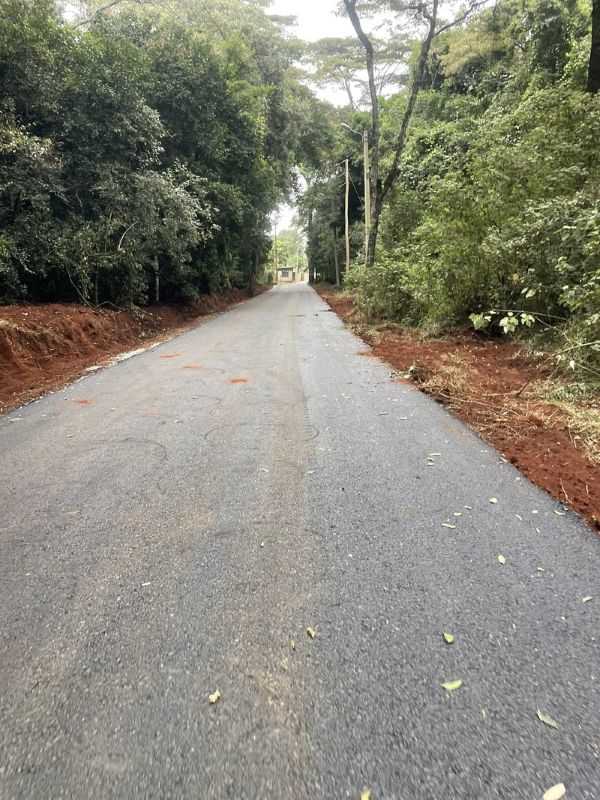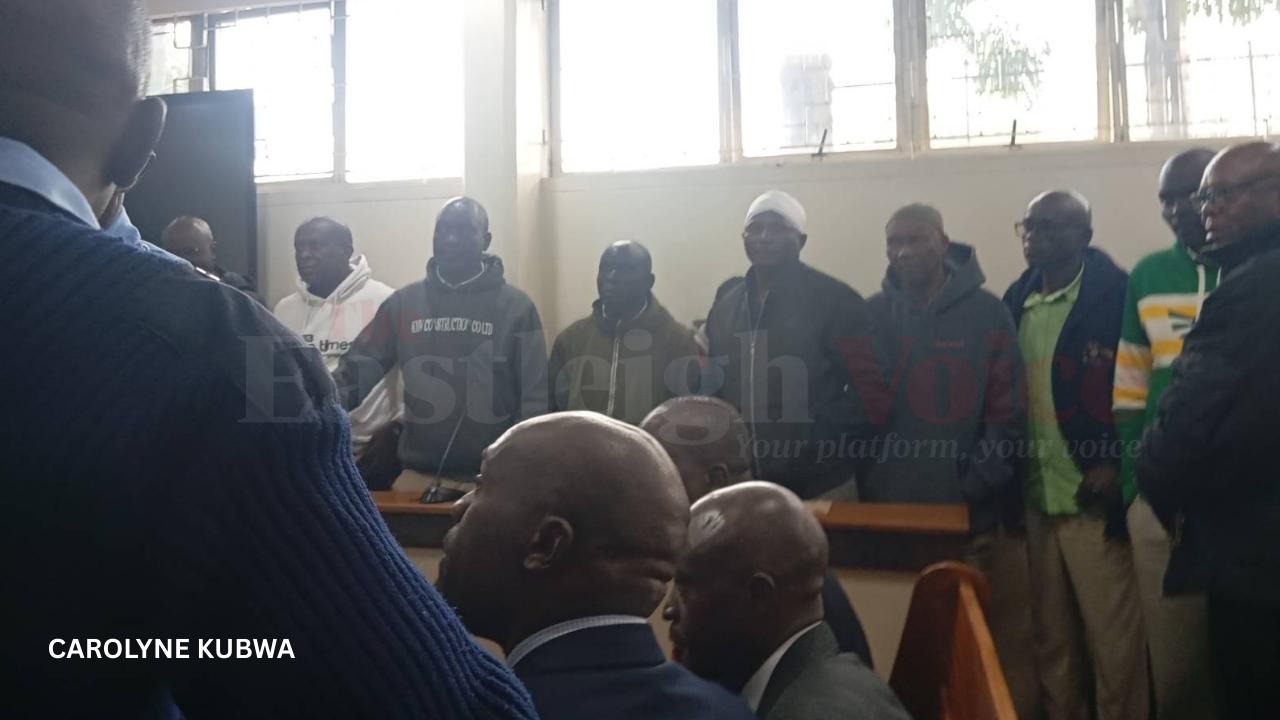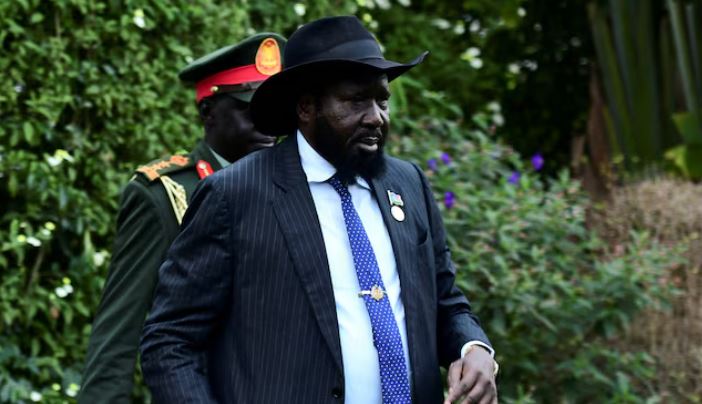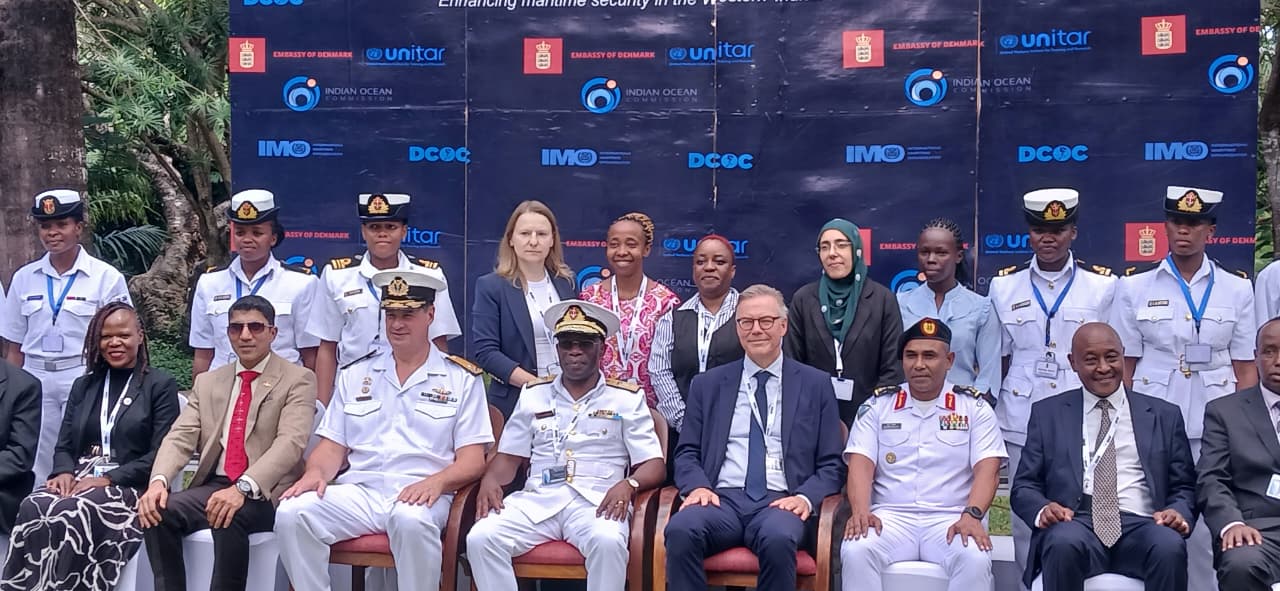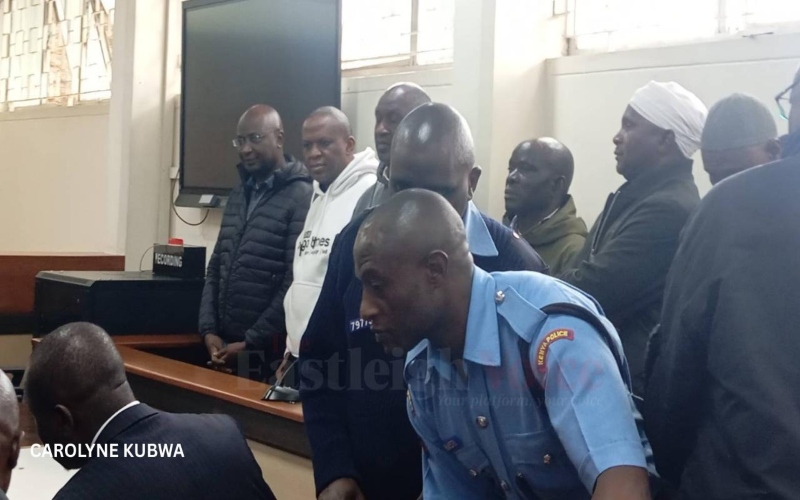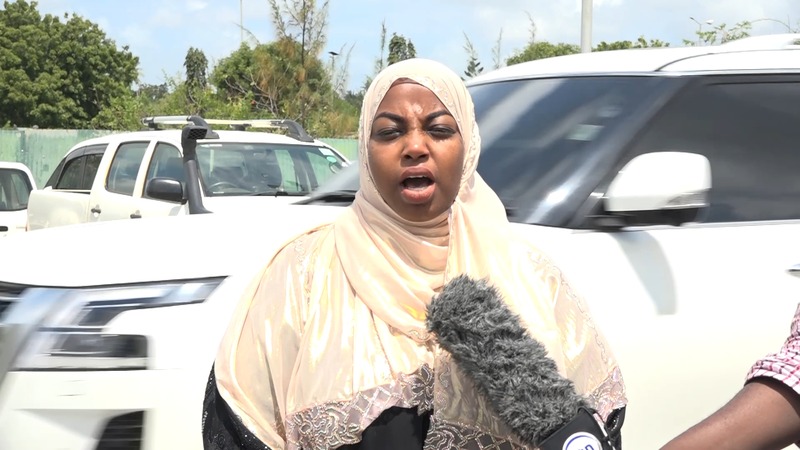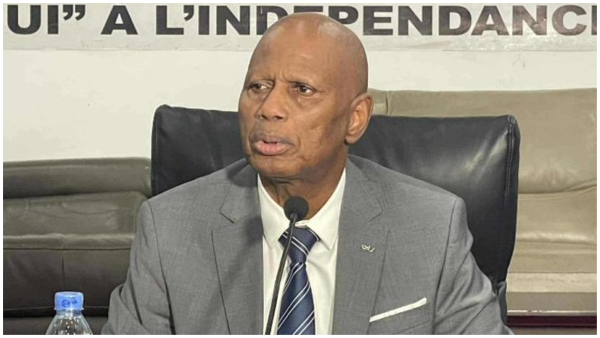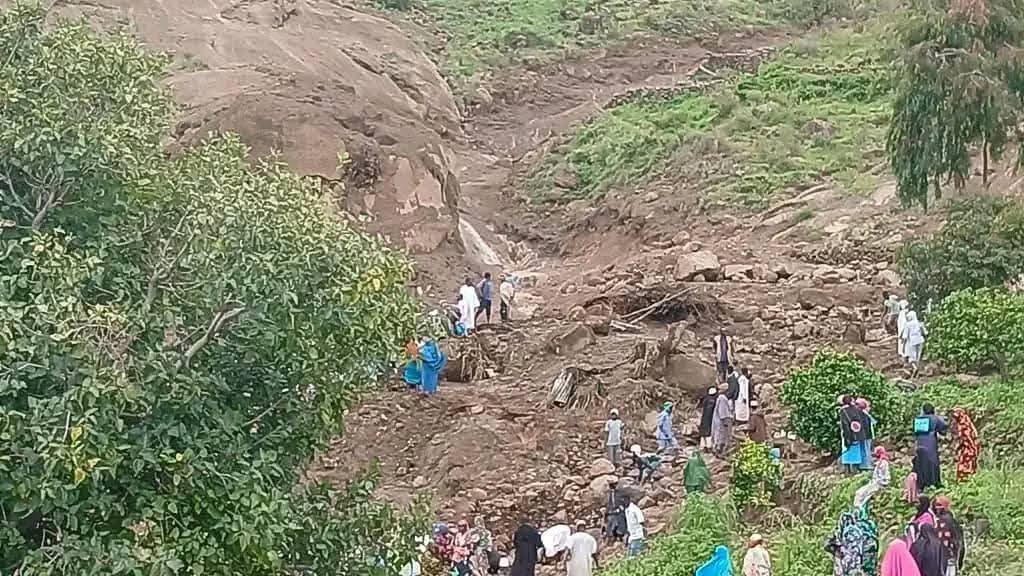Kenya One in the Sky: Tracking President Ruto’s frequent flying and cost to taxpayers
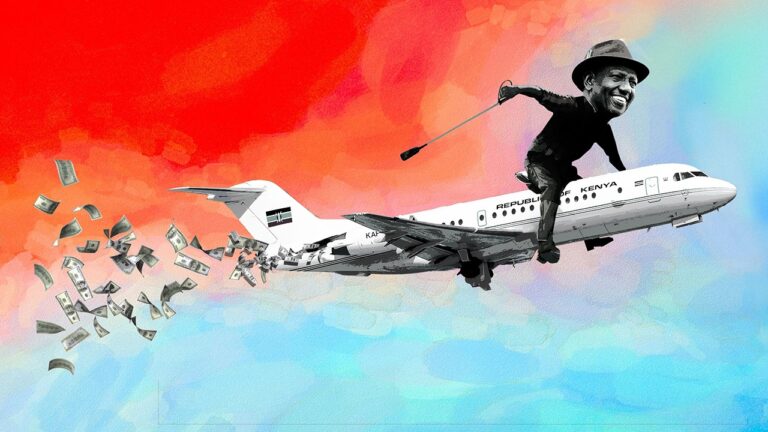
Between September 2022 and November 2023, President Ruto and DP Gachagua embarked on 51 trips to 34 countries, averaging about four trips per month.
In the inaugural year of President Ruto’s term, he and his deputy embarked on an extensive series of 51 trips to 34 countries, incurring a staggering expenditure exceeding Kshs 1.3 billion between July 1, 2022, and June 30, 2023. This significant globetrotting occurred despite President Ruto’s earlier commitment to cut recurrent expenditures by over Kshs 300 billion. Paradoxically, his office received the highest additional funding among all cabinet members in the supplementary budgets, predominantly allocated for recurrent expenses. Closer scrutiny of county affairs unveils a surge in travel expenses, coupled with a blatant disregard for established travel policies.
When contemplating the concept of travel, the average Kenyan may conjure images of the daily commute or uncomfortable bus rides during holidays. This encapsulates the typical travel experience for an average Kenyan. In 2022, amidst rising local inflation rates, World Remit estimated that Kenyans spent an average of Kshs 25,440 during the holiday season, covering expenses such as food, entertainment, and travel costs.
More To Read
- Parastatals’ unchecked borrowing fuelliing Sh2.9 billion debt, Auditor General warns
- Nyoro warns Sh44.8 billion Talanta loan could cost Kenyans over Sh100 billion
- Debt financing dominates East Africa’s private capital transactions in Q2 - report
- World Bank assures Kenya’s debt sustainable if properly managed
- Kenya losing Sh194 billion annually to corruption - AfDB
- Loan interest rates drop as CBK moves to scrap risk-based pricing
However, the average Kenyan’s holiday expenditure pales in comparison to the substantial sums expended by top elected and appointed officials on their routine workday travels. Their travel arrangements involve a more comfortable and expensive affair, encompassing numerous personnel, vehicles, hospitality costs, and fuel expenses. Ministries, departments, and agencies (MDAs) collectively expended over Kshs 20.4 billion on both foreign and domestic travel during the financial year 2022/23.
The size of delegations accompanying a travelling president or cabinet secretary has become a source of discontent among citizens. Mwangi Maina, a journalist with over seven years of experience covering foreign policy, echoes this sentiment. “Moses Kuria, when he was the trade minister, would travel with a delegation of more than 40 people. That’s craziness, that’s absurdity,” he asserted. However, Mwangi acknowledges the inherently costly nature of foreign policy in the same breath.
As is the case with every expense, someone has to foot the bill. In this scenario, taxpayers’ money is utilized to cover government travel expenses at both the national and county levels, as well as in various Ministries, departments, and agencies (MDAs) such as the Ministry of Defence, the Ethics and Anti-Corruption Commission, the Ministry of Foreign Affairs, and the Teachers Service Commission, among others.
Criticism surrounding the escalating travel expenditures has gained momentum over the past twelve months, leading Deputy President (DP) Rigathi Gachagua to address and defend the matter. During a press briefing on June 19, 2023, the DP pointed fingers at the media for not adequately highlighting the extent of the president’s activities. “Cost is determined by the level of activity,” Gachagua emphasized, urging the media to delve into the specifics of the president’s travels, including destinations and the benefits accrued to the country. While quantifying the latter proves challenging, we have tracked all foreign trips undertaken by Ruto over the past year through official reports and flight-tracking software.
How many trips were taken, and where did the president and his deputy travel?
Between September 2022 and November 2023, President Ruto and DP Gachagua embarked on 51 trips to 34 countries, averaging about four trips per month. The United States of America emerged as the most frequented destination, with Ruto visiting thrice, two of those trips dedicated to attending the annual United Nations General Assembly (UNGA) in New York. Additionally, Ruto visited the United Kingdom, Tanzania, Uganda, and Ethiopia three times in the past year for regional heads of state meetings and bilateral discussions. Meanwhile, Gachagua’s travels within the same period included visits to Italy, Rwanda, Belgium, and Colombia, along with a vacation trip to South Africa in December 2022.
The most extensively travelled month was July 2023, during which the president and DP visited six countries: Comoros, the Republic of Congo, Ethiopia, Italy, Tanzania, and the United Arab Emirates. The trips were for summits, heads of state conferences, and official events, including Comoros Independence Day celebrations in July 2023.
Maina attributes Ruto’s hectic travel schedule to his novelty on the international stage. “He came into power in 2022 as a man who had no international connection; you cannot compare him with Uhuru Kenyatta,” he observed. “He has to create networks.”
Beneath this packed schedule week in and week out lies a significant cost, one that will be covered by taxpayer money. So, just how much has the president’s office and the government spent on travel?
Current administration’s expenditure
A reliable source for crucial data on expenditure is the Office of the Controller of Budget (CoB), responsible for approving withdrawals from the consolidated fund (the government’s bank account). The office regularly publishes quarterly reports detailing expenditures by the government at various levels, down to the county.
According to the 2022/23 budget implementation report covering the period from July 1, 2022, to June 30, 2023, the Office of the President has expended over Kshs 1.4 billion on travel. Of this amount, Kshs 1 billion was allocated to local travel, and Kshs 361 million was designated for foreign travel. This figure represents a notable increase of over 30% compared to the preceding 2021/22 financial year, which totalled about Kshs 957 million.
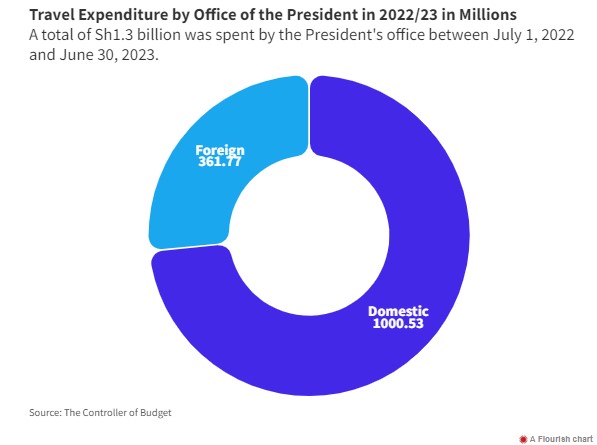 A total of Sh1.3 billion was spent by the President's office between July 1, 2022 and June 30, 2023. (Photo: Africa Uncensored)
A total of Sh1.3 billion was spent by the President's office between July 1, 2022 and June 30, 2023. (Photo: Africa Uncensored)A total of Sh1.3 billion was spent by the President's office between July 1, 2022 and June 30, 2023.
Between October 2022, when Ruto and Gachagua were sworn in, and June 2023, they have undertaken at least 29 official trips abroad. During this period, the president’s office expended Kshs 352 million on foreign travel.
A Tale of Two Administrations
As the economy has faced challenges over the years and demands for expenditure reduction in government have intensified, the trend has been moving in the opposite direction. Examining travel expenditure in the president’s office reveals a significant increase. For instance, the amount spent on travelling has more than doubled since 2013 when it stood at Kshs 559 million.
The president’s travel expenditure is a component of the broader recurrent expenditure incurred by ministries, departments, and agencies (MDAs). This encompasses the costs associated with running the government, covering items such as salaries, travel, accommodation, electricity, and maintenance, all meticulously detailed in departmental budgets and expenditure reports. It’s a cost that President Ruto identified as “dangerous to our debt status” and vowed to reduce by nearly Kshs 300 billion in his address to the National Assembly in September 2022. Ruto firmly stated, “It is not right, it is not prudent, it is not sustainable, it is simply wrong,” particularly in the context of borrowing for recurrent expenditures.
Contrary to this commitment, his administration has augmented recurrent expenditure following the speech, evident in the supplementary budgets. Ruto’s office received the highest additional funding among all cabinet members in Supplementary Budget II. Notably, of the additional Kshs 12 billion allocated, Kshs 10 billion was directed towards recurrent functions. The Controller of Budget (CoB) attributed this change in recurrent expenditure to facilitating effective cabinet decisions for harmonious government operation and executing the president’s mandate as per the Constitution.
A similar trend is discernible in the travel spending by MDAs over the past eight years. In 2022, they reached an eight-year high, totalling Kshs 20.37 billion. Cumulatively, MDAs have spent over Kshs 148 billion on travel in the last 10 financial years since 2013/14.
National Assembly’s travel expenditure
The inclination for high spending among elected representatives extends beyond the president, with the National Assembly emerging as the most substantial spender on travel over the past decade. The legislative house has allocated over Kshs 44 billion for both domestic and foreign travel since 2013, with the majority — roughly Kshs 34 billion — dedicated to domestic travel. In the financial year 2022/23 alone, the National Assembly expended over Kshs 6.4 billion on travel, following a trajectory that mirrors the upward trend observed in the president’s office and MDAs.
‘The President’s duty’
With all this travelling amid near-default due to a ballooning debt crisis fuelled by years of wastefulness, it was inevitable that the public would notice and take issue. Data for the past twelve months showed a significant increase in travel spending, especially over the nine months of Ruto’s presidency over which Kshs 1.2 billion has been spent by the president’s office on travel only. This large spending is what the president’s advisor David Ndii diagnosed as an ‘itchy feet problem’, admitting that the “Government is wasteful”.
This criticism, however, is not new. The previous administration where Ruto was the deputy president faced similar criticism over their protracted trips abroad. A Citizen TV report dated December 6, 2015, found that then-President Uhuru Kenyatta had travelled more times in one and a half years than President Mwai Kibaki had throughout his 10 years in office between 2002 and 2013.
The script used to defend those frequent trips reads exactly like the current one. Uhuru Kenyatta’s cabinet turned to ask Kenyans to instead see the benefits of the travel. The then Foreign Affairs CS and current presidential advisor Monica Juma called the criticism ‘hype’. “The president has a duty to grow opportunities for this country and to reduce the risk that we face,” Juma said, “Our prosperity lies beyond our borders.” Ruto chose a similarly dismissive labelled of the current criticism calling it ‘noise’ and declaring that he is Kenya’s chief agent looking for employment for Kenyans. “I have heard people making noise asking why I travelled. That’s the president’s job, I am the chief ambassador of Kenya,” Ruto averred.
Economic frustrations
But such criticism is founded on frustrations shared by Kenyans. Inflation has been increasing as income has been shrinking for most Kenyans since 2019 according to the Kenya Economic Report 2023. Prices of basic commodities like food, electricity and fuel have been increasing significantly over the past year. Taxes have eaten even deeper into the pockets of average Kenyans as a raft of new policies have been implemented by the Finance Act 2023.
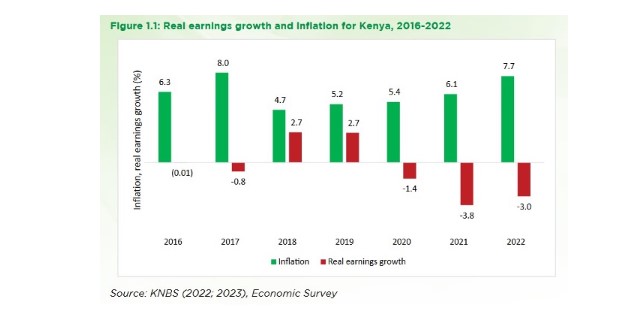 Taxes have continued eating even deeper into the pockets of average Kenyans as a raft of new policies have been implemented by the Finance Act 2023. (Photo: Africa Uncensored)
Taxes have continued eating even deeper into the pockets of average Kenyans as a raft of new policies have been implemented by the Finance Act 2023. (Photo: Africa Uncensored)Taxes have eaten even deeper into the pockets of average Kenyans as a raft of new policies have been implemented by the Finance Act 2023.
Devolved Extravagance
Enormous travel costs extend beyond the national level. Counties incur substantial expenses primarily consisting of domestic travel costs which together with foreign travel totalled Kshs 15.4 billion in 2022/23.
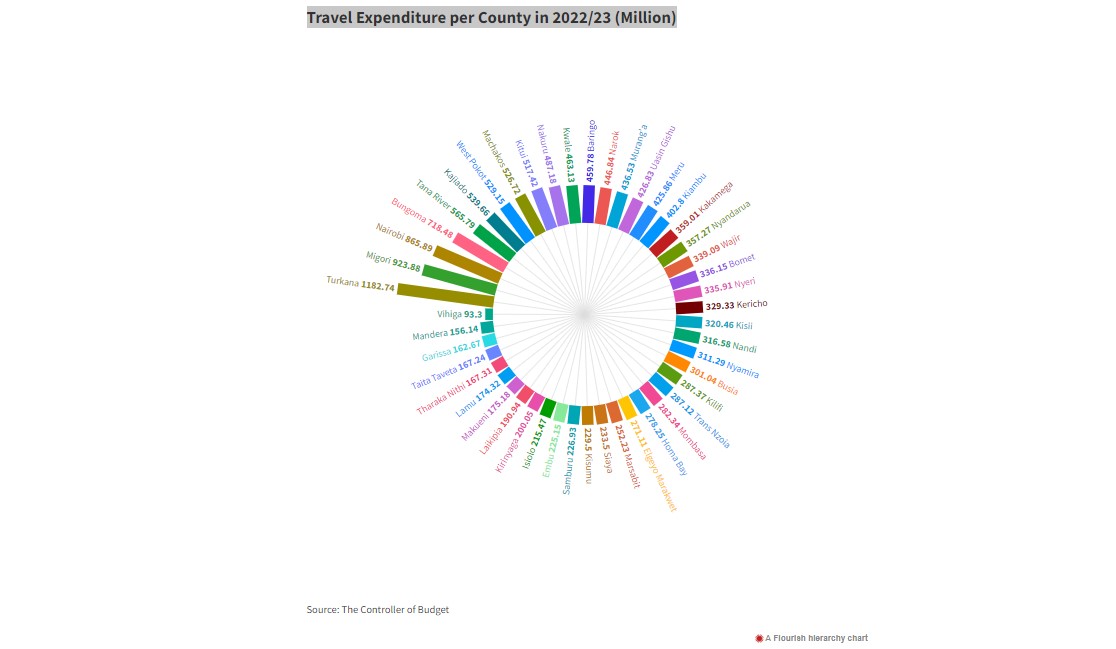 Travel Expenditure per County in 2022/23 (Million) (Photo: Africa Uncensored)
Travel Expenditure per County in 2022/23 (Million) (Photo: Africa Uncensored)Travel Expenditure per County in 2022/23 (Million)
At a glance, one notices that Turkana, Migori, and Nairobi’s travel expenses exceeded the Kshs 800 million mark in FY 2022/23. Turkana had the highest of all 47 counties and the only one to breach the Kshs 1 billion mark. Turkana’s total travel expenditure totalled Kshs 1.2 billion, most of it domestic.
Travel aside, Turkana County has been under scrutiny after the County Public Accounts and Investments Committee (CPAIC) blew the whistle on what it called a ‘crime scene’ with stalled projects, corruption and financial mismanagement despite Kshs 100 billion pouring into the country over the past 10 years. The damning revelation called for an investigation into expenditure during the decade under Josphat Nanok’s governorship that ended in 2022.
But as that inquiry commences, the CoB budget implementation review report for counties offers a glimpse of the blatant disregard of policies after more than 63 county executive officers attended a peace forum in Ethiopia, way above the limit of seven according to travel policy. “The maximum number of delegates inclusive of staff should not exceed 7,” the report states. “It is therefore noted that three out of the eight foreign trips sampled, delegates have surpassed the limit.”
That trip of 63 to the Stakeholders Peace Forum in Ethiopia cost the county over Kshs 20.5 million. The other two trips to Uganda took a combined 44 staff to a meeting and conference that cost the county more than Kshs 11 million. Turkana County spent over Kshs 39 million on foreign travel and over Kshs 1 billion on local travel. But there is no breakdown for the Kshs 1 billion spent locally.
The CoB expressed similar concerns with Migori’s total travel expenditure which is the second highest of all 47 counties. These cost the county over Kshs 923 million in 2022/23. The CoB flagged three foreign trip delegations by county assembly members that exceeded the seven-person limit. Migori County spent over Kshs 13 million on these trips. 15 other counties were flagged for having larger delegations to foreign countries than policies allow, further demonstrating the fiscal irresponsibility of county governments that is eventually reflected in expenditure reports.
Interestingly, Mombasa County did not provide details of its foreign travel expenditure of Kshs 125 million. “The County did not provide details of the reported expenditure on foreign travel costs,” CoB notes in the 2022/23 budget implementation review report. An issue that Mombasa’s County Secretary Jeizan Faruk promised to look at.
In a phone interview, Faruk clarified that air tickets and taxis are what is accounted for by counties, hence the travel expenditure detailed in the CoB reports. Per diems, however, are not accounted for. “It depends, not all the areas get per diems,” Jeizan added.
Controlling Travel
The government made a move to reign in travel expenditure after a massive public outcry. Besides pushing back on criticism, Ruto announced that he had slashed travel expenditure by almost Kshs 11 billion. But this is a pronouncement that’s yet to materialise in actual reports. In addition, the government, through the office of the Head of Public Service Felix Koskei, adjusted foreign travel policies for civil servants by reducing the size of their delegations and suspending non-essential travel.
Citing reduced resources Koskei explained that it “Has necessitated the need to scale down and prioritise spending, focusing on the critical operations and activities that are essential to service delivery to the citizen”. Effectively suspending benchmarking trips, study visits, training, conferences and exhibitions requiring foreign travel by government officials.
Because of this the president, first lady, deputy president and prime cabinet secretaries’ delegation is slashed by half. Cabinet secretaries, governors, principal secretaries and CEOs of state corporations can now only travel with a delegation not exceeding two and at least one of them has to be a technical specialist in the subject of the foreign engagement.
Whether government officials will adhere to these regulations remains to be seen. Travel is just one item in the extravagant budget the government puts forward yearly. As frustration mounts over the rising cost of living and mistrust between the government and its citizenry worsens, any talk of austerity measures will do little to assuage the discontent.
First published on Africa Uncensored: Kenya One in the Sky: Tracking President Ruto’s Frequent Flying and its Cost to the Taxpayer
Article written by Tom Mukhwana
Top Stories Today
